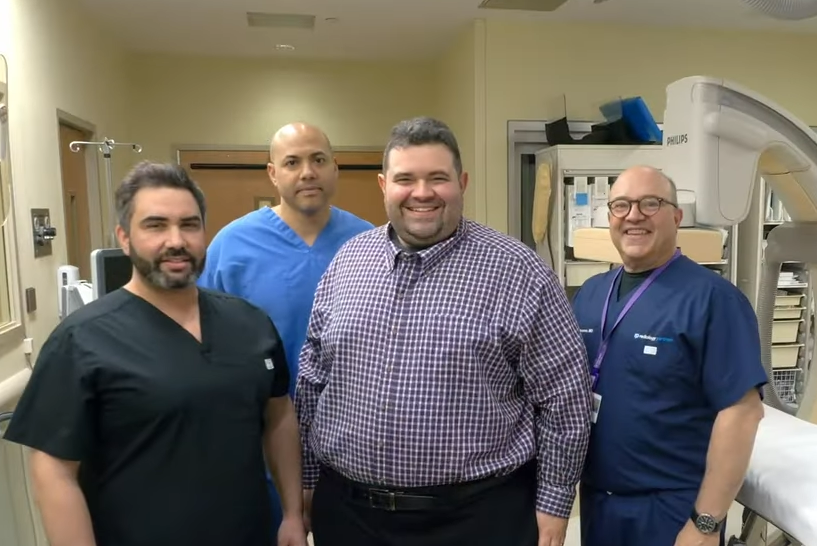What is an inferior vena cava filter?
Inferior vena cava (IVC) filters are tiny “strainers” that are inserted into the vena cava vein, the large vein that transports blood to the heart and lungs. These filters are designed to trap clots from the legs and pelvis and prevent them from reaching the heart and lungs where they can cause heart attack, stroke and other serious medical problems – even death. Clots most commonly occur in people with medical conditions like deep vein thrombosis (DVT), as well as people who have been immobile for long periods of time or those who have been involved in a traumatic accident. Filters can play an important role in preventing these clots from causing serious problems. Traditionally, IVC filter placement was performed on a permanent basis with the filters left in place once positioned inside the IVC. But more recently, removable filters have been developed that can be taken out once the threat of a clot traveling to the heart or lungs has passed.
What happens during IVC filter placement and removal?
IVC filter placement and removal procedures are performed using image-guidance techniques to position the filter and safely remove it. During each procedure, an incision is made in the neck or the groin and a thin, flexible tube called a catheter is advanced to the inferior vena cava in your belly. In the placement procedure, the filter is inserted through the catheter so it can be placed in the target area where it will expand and secure itself against the blood vessel walls. During removal, the catheter will be used to gently grab the special hook located at one end of the filter, using the hook to gently close and withdraw the filter. Most IVC placement and removal procedures are performed using local anesthesia with or without sedation and can be completed in about an hour or less.
How will I feel after the procedure?
Once the procedure is complete, you’ll feel sleepy due to the sedation and you’ll need to remain in a recovery area for a short time for observation. Once discharged, you’ll need to have someone drive you home. If the incision for filter placement or removal has been made in your neck, you’ll normally be able to return to your regular activities in about a day or so. If the incision was made in your groin, you’ll need to avoid driving, climbing stairs and lifting heavy objects for one day.





